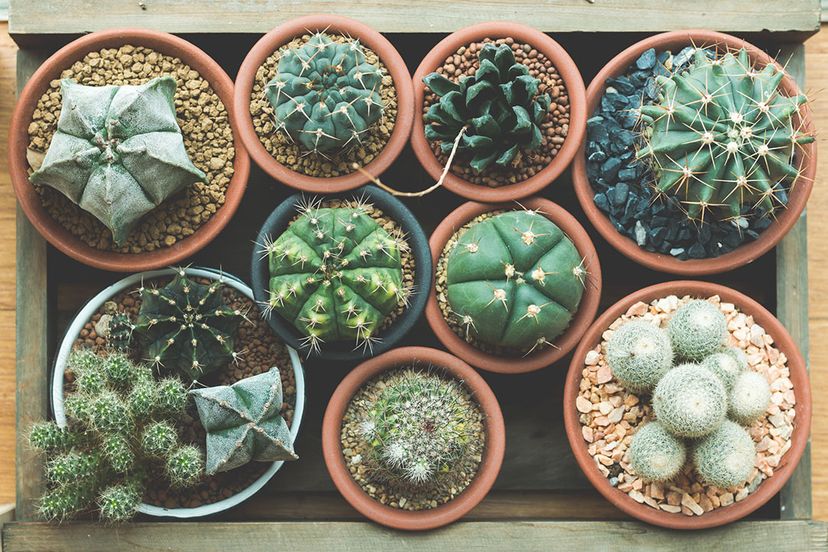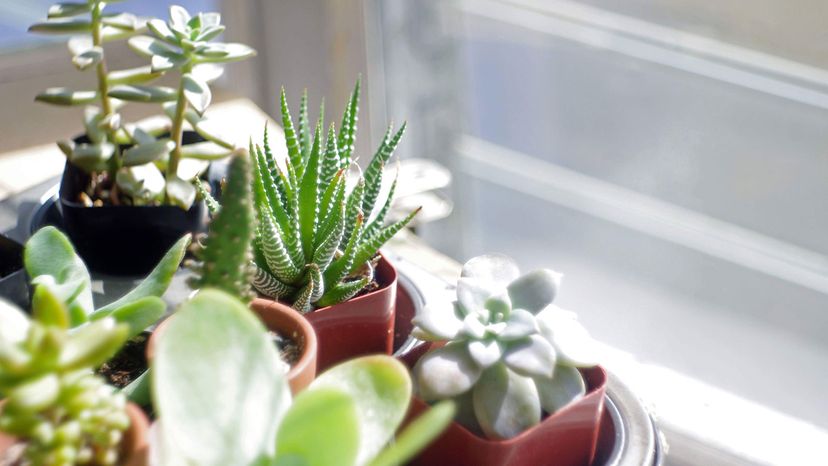![houseleek [Sempervivum]](https://media.hswstatic.com/eyJidWNrZXQiOiJjb250ZW50Lmhzd3N0YXRpYy5jb20iLCJrZXkiOiJnaWZcL3N1Y2N1bGVudHMtMS5qcGciLCJlZGl0cyI6eyJyZXNpemUiOnsid2lkdGgiOjgyOH19fQ==)
If life is anything, it's tenacious. In the case of plants, there's a special set known as xerophytes, which have evolved to survive in climates where water is extremely scarce. And among the xerophytes, we find an assembly of plants called succulents. The term succulent (and xerophyte for that matter) doesn't denote a traditional taxonomic group, however. Rather, succulents are diverse plants that share common adaptations for making the most of every bit of water they can get. The line between succulent plants and ordinary plants is not cut and dried. On a short-term basis, all plants are generally able to do what succulents are so renowned for — it's just that succulents take things to a whole other level.
The succulent that probably springs to mind most readily is the cactus, although there are succulents in a wide variety of plant families. You might imagine succulents only inhabit wind-swept arid desert regions where little else can grow, but that's not the case. Succulents are abundant in a variety of locales. You can find them growing in the upper reaches of tropical rain forests, rooted to high-rise patches of moss or bark where the competition for water is fierce. You can find them in lofty mountainous regions where cold weather, severe winds and rocky soil make finding moisture a challenge. You can even find them on the shores of salty bodies of water, where brackish conditions hinder normal botanical water routines.
Advertisement
It's worth noting, too that succulents aren't superheroes — there are some regions where the desert conditions are so extreme that only the most hardcore xerophytes can survive. While succulents are champions at water collection and conservation, most need at least a few inches of rain annually to get by. There are a few other exceptions as well. In some places, deserts spring up too quickly for local plants to evolve and in others, the plants just find other ways to adapt.


